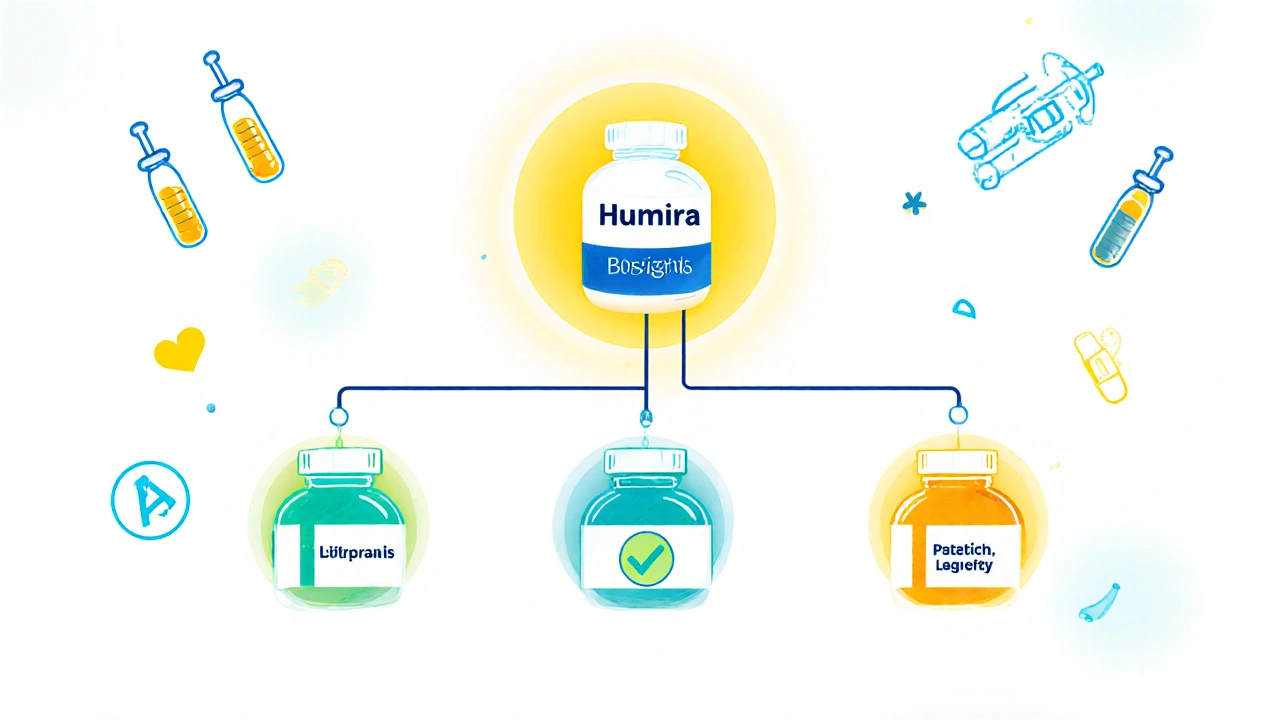When you hear interchangeable biologics, biologic drugs approved by regulators to be swapped for the original brand-name version without a doctor’s permission. Also known as biosimilars with interchangeability status, these are not just cheaper copies—they’re proven to behave the same way in your body as the original drug. This isn’t theoretical. In the U.S., the FDA has approved several interchangeable biologics for conditions like rheumatoid arthritis, diabetes, and Crohn’s disease, and pharmacies can switch them out automatically—no new prescription needed.
Why does this matter? Brand-name biologics can cost over $10,000 a year. biosimilars, biologic drugs that are highly similar to an approved reference product but not yet designated as interchangeable have been around longer and cut costs by 15% to 35%. But interchangeable biologics, a subset of biosimilars that meet stricter standards for substitution without prescriber involvement can drop prices even further—sometimes by 50% or more. That’s because insurers and pharmacies can push them as the default option. This isn’t just about savings. It’s about access. Many patients couldn’t afford the original drug at all. Now, with interchangeability, they get the same treatment at a fraction of the cost.
But it’s not automatic. Not all biosimilars are interchangeable. The FDA requires extra data to prove that switching back and forth between the brand and the interchangeable version won’t change how well it works or increase side effects. That’s why you’ll see some biologics labeled as "biosimilar" but not "interchangeable." And even when a drug is approved as interchangeable, some states still require pharmacists to notify your doctor before switching. It’s a patchwork system. Still, the trend is clear: interchangeable biologics are reshaping how we pay for complex treatments.
You’ll find posts here that dig into why insurers push generic lists, how formularies control what you get, and why some biologics still struggle to get coverage even when they’re cheaper. There’s also real talk about medication adherence, side effects, and how drug interactions can sneak up on you—like when smoking cuts clozapine levels in half. These aren’t just drug facts. They’re life facts. And if you’re on a biologic—or thinking about switching—you need to know how the system works so you don’t end up paying more than you should.
Posted by
Jenny Garner
13 Comments

The FDA's Purple Book is the official source for tracking approved biological products, biosimilars, and interchangeable biologics. Learn how it works, what interchangeability really means, and how it affects your prescriptions.
read more